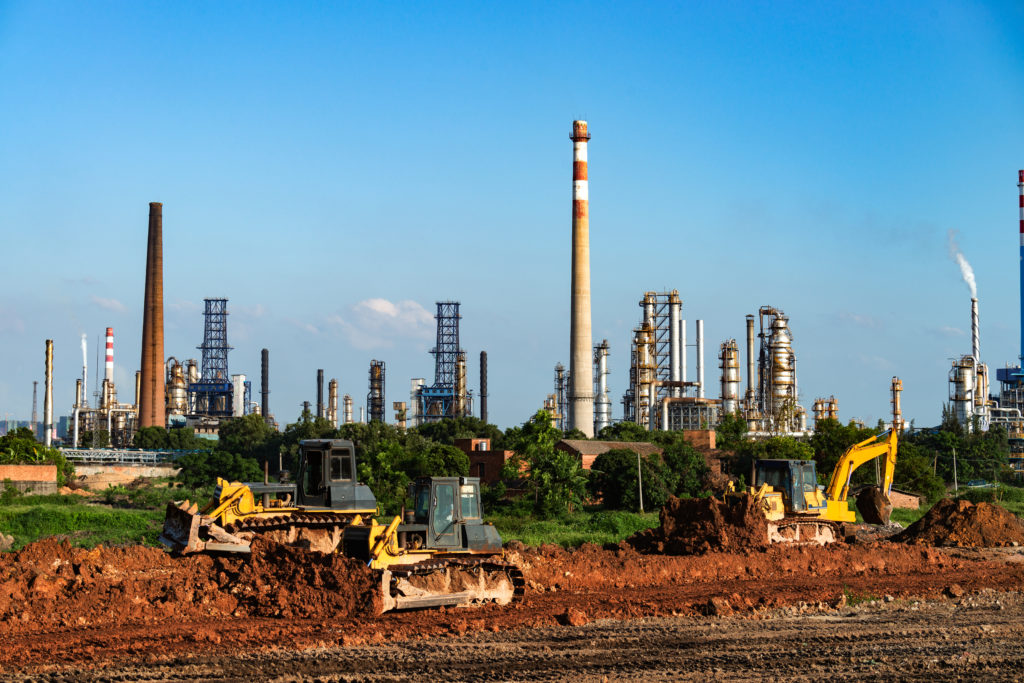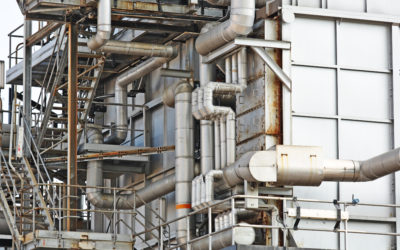Boosting Efficiency and Cutting Environmental Impact in Crude Oil Processing with HeatX
Heat exchangers are the backbone of energy transfer in crude oil processing. However, the very nature of crude oil introduces a challenge: fouling. Over time, deposits like asphaltenes, iron sulfides, and sludge build up on the inner surfaces of heating tubes and exchangers. This fouling reduces efficiency, drives up maintenance costs, and increases emissions. With an advanced solution like HeatX, refineries can combat these issues, reducing both environmental and financial burdens.
Understanding Fouling and Its Environmental Impact
When fouling occurs, layers of deposits insulate heat exchanger surfaces, lowering the heat transfer efficiency. This leads to:
- Higher Fuel Consumption: To maintain optimal processing temperatures, more fuel is burned. This increase not only raises operational costs but also boosts CO₂, NOx, and SOx emissions, directly impacting air quality and contributing to global warming.
- Water Contamination: Fouling leads to solid and sludge buildup in refinery systems. These materials, which often contain heavy metals and hydrocarbons, can leach into wastewater, risking contamination of local water sources.
- Soil Impact: Crude oil components and refinery runoff, if not managed, can affect soil quality, causing ecological harm and impacting nearby communities.
By addressing fouling, refineries can mitigate these negative environmental effects, making HeatX an invaluable tool for eco-conscious operations.
Fouling’s Financial Burden on Refineries
Fouling doesn’t just affect the environment; it also carries significant economic consequences:
- Increased Fuel and Power Costs: Fouling restricts heat transfer, meaning more fuel is required to reach processing temperatures, raising expenses.
- Frequent Maintenance Shutdowns: Heat exchangers require regular cleaning to maintain efficiency, leading to downtime. These maintenance periods cost both time and money.
- Reduced Equipment Lifespan: Over time, fouling causes corrosion and damage to the equipment, leading to more frequent replacements and higher capital expenditure.
These challenges make fouling a prime target for cost-saving and efficiency-boosting measures. Minimizing fouling extends equipment life, reduces fuel costs, and improves overall profitability.
How HeatX Tackles Fouling at Its Core
HeatX is a hydrophobic surface treatment specifically engineered to combat fouling by forming a resilient, anti-adhesive layer on heat exchanger surfaces. Here’s how it brings value to the crude oil industry:
- Enhanced Heat Transfer: By preventing foulant buildup, HeatX allows for more efficient heat transfer. The improved energy flow reduces the need for additional fuel, which translates to lower operational costs and emissions.
- Minimized Emissions: Reduced fuel consumption means lower greenhouse gas emissions. With HeatX, refineries can cut down on CO₂ and other pollutants, aligning with environmental regulations and sustainability goals.
- Extended Equipment Lifespan: Fouling not only hinders efficiency but also corrodes and damages equipment over time. HeatX’s protective barrier reduces the rate of wear and tear, helping companies save on replacement costs and avoid frequent disruptions for maintenance.
HeatX’s Role in Reducing Maintenance Downtime
HeatX reduces the need for frequent shutdowns by lowering fouling rates, which is critical for operational efficiency. Maintenance cycles are extended, allowing plants to run smoothly with fewer interruptions. Less frequent shutdowns mean:
- Lower Cleaning Costs: Reduced fouling means that cleaning becomes less frequent and less intensive, which translates to direct savings on labor and materials.
- Decreased Downtime Costs: Unplanned shutdowns for cleaning or maintenance disrupt production, impacting output and profitability. With HeatX, these disruptions are minimized.
HeatX: A Strategic Choice for Sustainable Crude Oil Processing
For the oil and gas industry, moving toward sustainable operations isn’t just about regulations—it’s a business advantage. By incorporating HeatX, refineries can improve both their environmental footprint and their bottom line. Key benefits include:
- Reduced Carbon Footprint: By enabling more efficient fuel usage, HeatX helps companies achieve emission reduction targets.
- Optimized Water Use: With less fouling, wastewater treatment loads are reduced, minimizing the environmental impact of refinery runoff.
- Improved Operational Efficiency: Lower fouling means more effective use of resources, reducing the strain on both equipment and personnel.
HeatX as a Partner in Environmental Responsibility and Cost Efficiency
In an industry facing both economic and environmental challenges, HeatX offers a practical solution that addresses both sides of the equation. Through its anti-fouling properties, HeatX cuts down on emissions, reduces maintenance costs, and prolongs equipment life, allowing refineries to enhance sustainability while maintaining profitability.
By investing in HeatX, refineries can protect their operations from the costly effects of fouling, stay compliant with evolving environmental standards, and work toward a greener, more efficient future. Explore how HeatX can make a difference in your refinery’s operations and sustainability initiatives. Learn more about HeatX with experts.



